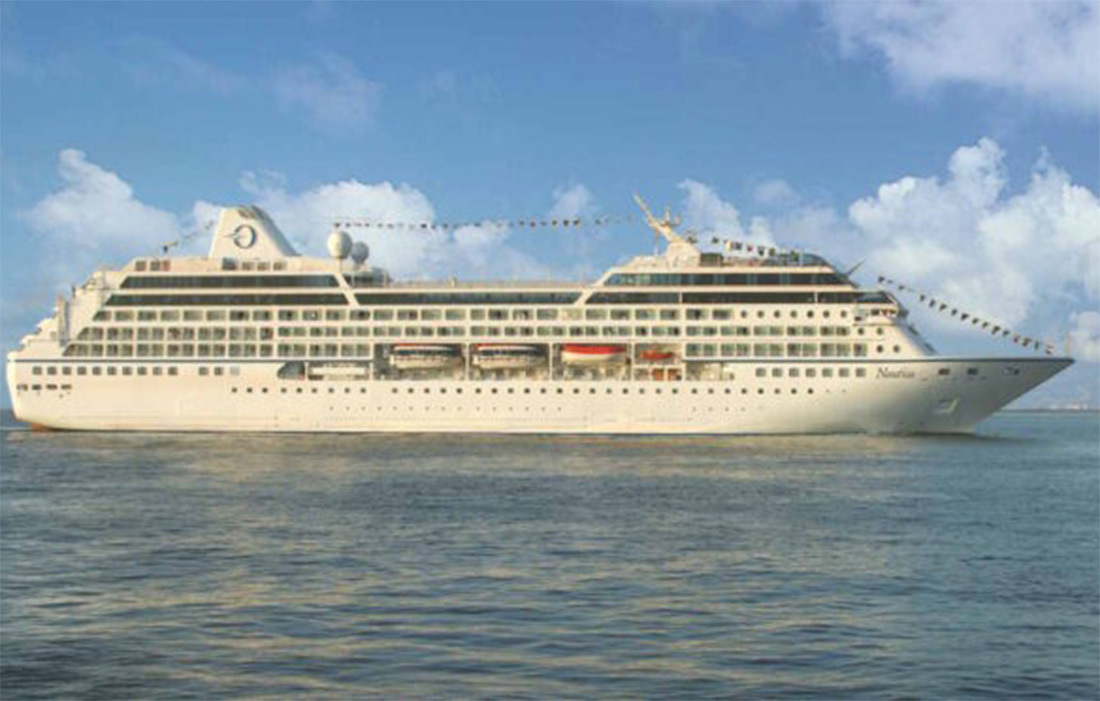Among the reeds: Combining Zambia's epic wildlife with modern luxury lodges
They call it adrenaline grass for a good reason. Swaying gently along waterways in Zambia’s Lower Zambezi, tufts of slender, golden reeds appear deceptively benign and harmless. But it’s what lies within that will get your pulse racing. Hunkered down, out of sight, leopards repeatedly use the thick foliage for cover, my guide eagerly tells me in whispers.
Straining our eyes in the fading evening light, we sit silently, patiently waiting. One twitch of a whisker or a swish of a tail could very easily transform a bucolic scene into a bloody battlefield. One of the great thrills of safari is being within heartbeat-skipping distance of wild animals: the roar of a lion ricocheting around a camping ground; the scuffing of fur against canvas; the unmistakable fug of a bull elephant in musth. In a remote section of the Lower Zambezi National Park, creatures move freely between the eight luxurious riverfront tents of Lolebezi camp, barely registering the new human inhabitants in their space.
At night, leopards skulk in the shadows and owls have already learnt to use lamps guiding pathways as a hunting perch. Unfazed by my presence, baboons had frolicked energetically in a playground of fallen branches and tree trunks earlier that afternoon. I was warned to be vigilant, even in daylight, on trips to the secluded lagoon-facing gym, where a lioness had been found shredding scatter cushions in the yoga pavilion. And I was told to expect elephant roadblocks around teatime when a young male would regularly turn up to munch on fallen winter thorn pods.
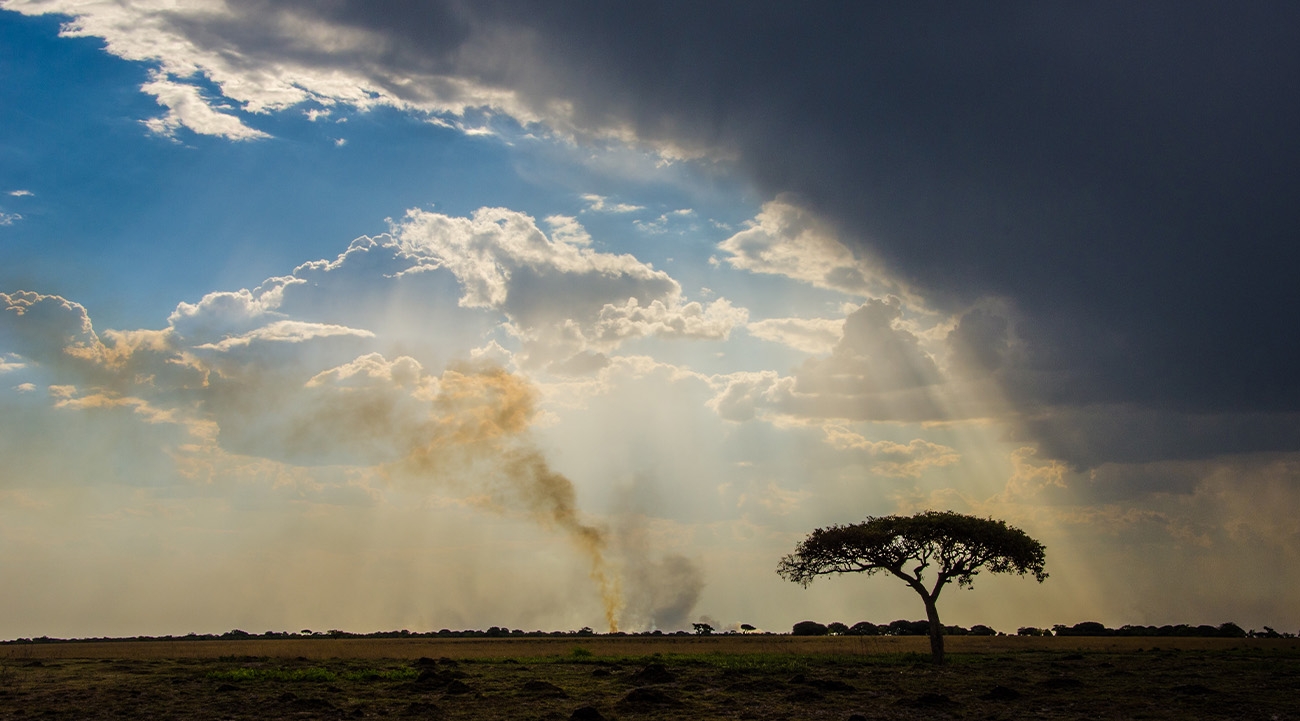
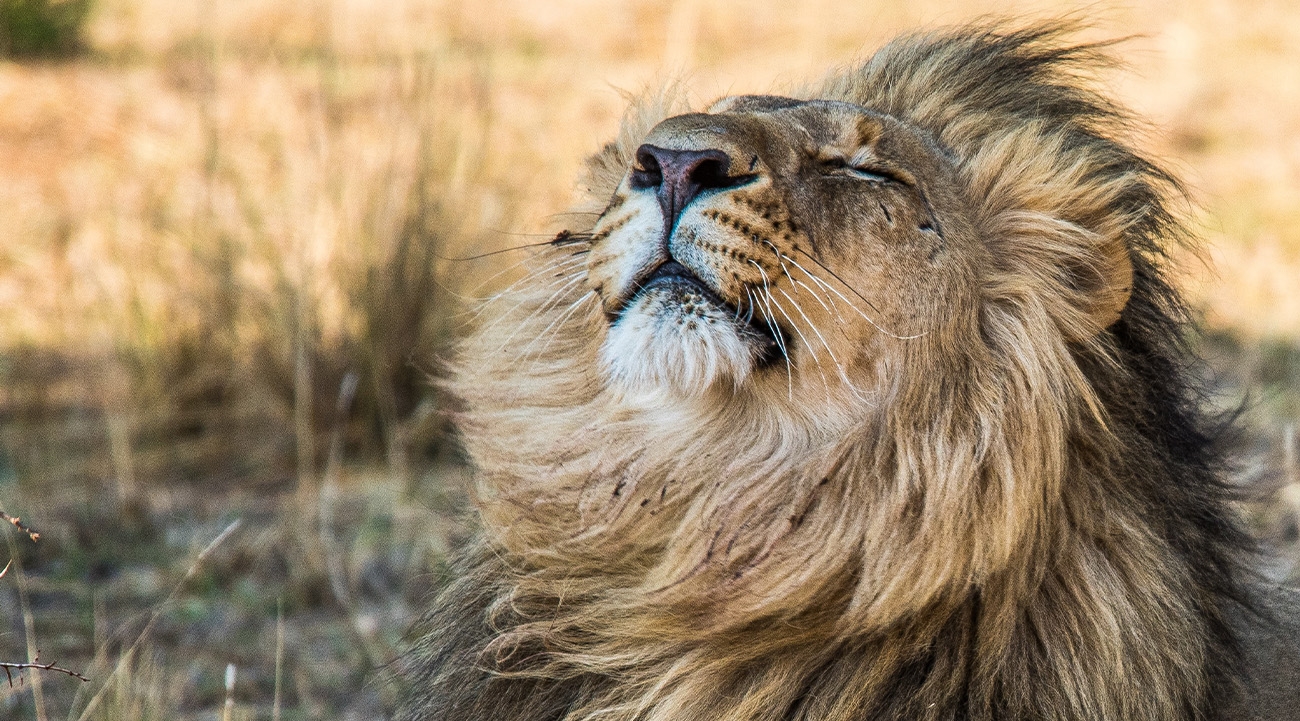
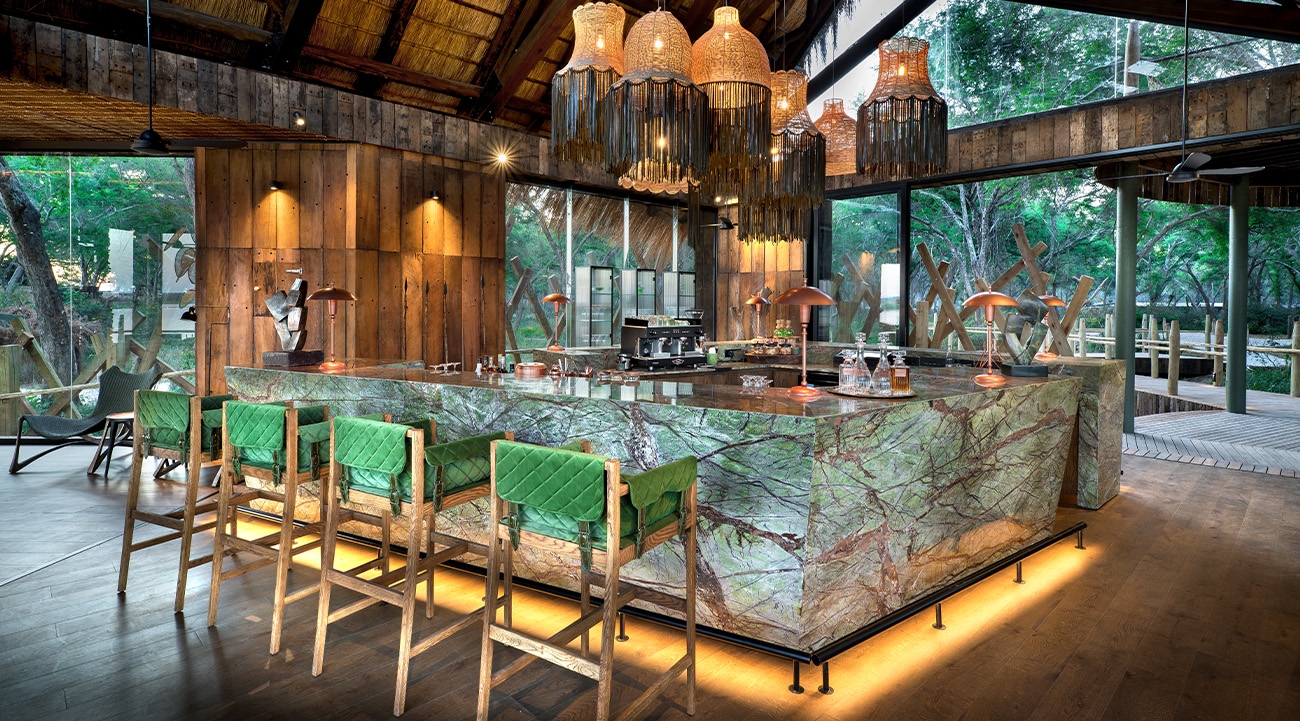
Passion project
Opened last year, Lolebezi is owned by Dubai-based Zambian businessman Irfaan Yousuf. Originally built as a passion project in honour of his wife and named after their son Lole, it’s now managed by community and conservation champions African Bush Camps (ABC). Curving around a riverfront and inland channel, the vast villas (four for couples and four that can be joined together to create two family units) offer a level of urban comfort likely to make safari purists wince.
Features incongruous to bush living – but nevertheless welcome – include high-tech heating and air con systems, sophisticated mood lighting and even a JBL music box. A vanity station, dressing area and bathtub occupy a space the size of the sumptuous bedroom, both gazing out to the water where elephants amble between grassy islands. South African-based designers Fox Browne Creative – also responsible for ABC’s Khwai Leadwood tented camp in Botswana along with andBeyond’s Grumeti Serengeti River Lodge in Tanzania – strike a delicate balance between authenticity and decadence.
By using the skills of local artisans and drawing upon elements of traditional culture, they’ve created a lodge that’s distinctly Zambian in character. Sustainably harvested reeds from the river have been matted into ceilings, copper from the Copperbelt shines in furnishings and decorative baskets made by members of the surrounding communities are dotted around. In communal areas constructed around tree trunks, there’s a spa, games room, smoothie station and marble cocktail bar that might look more at home in London or New York.
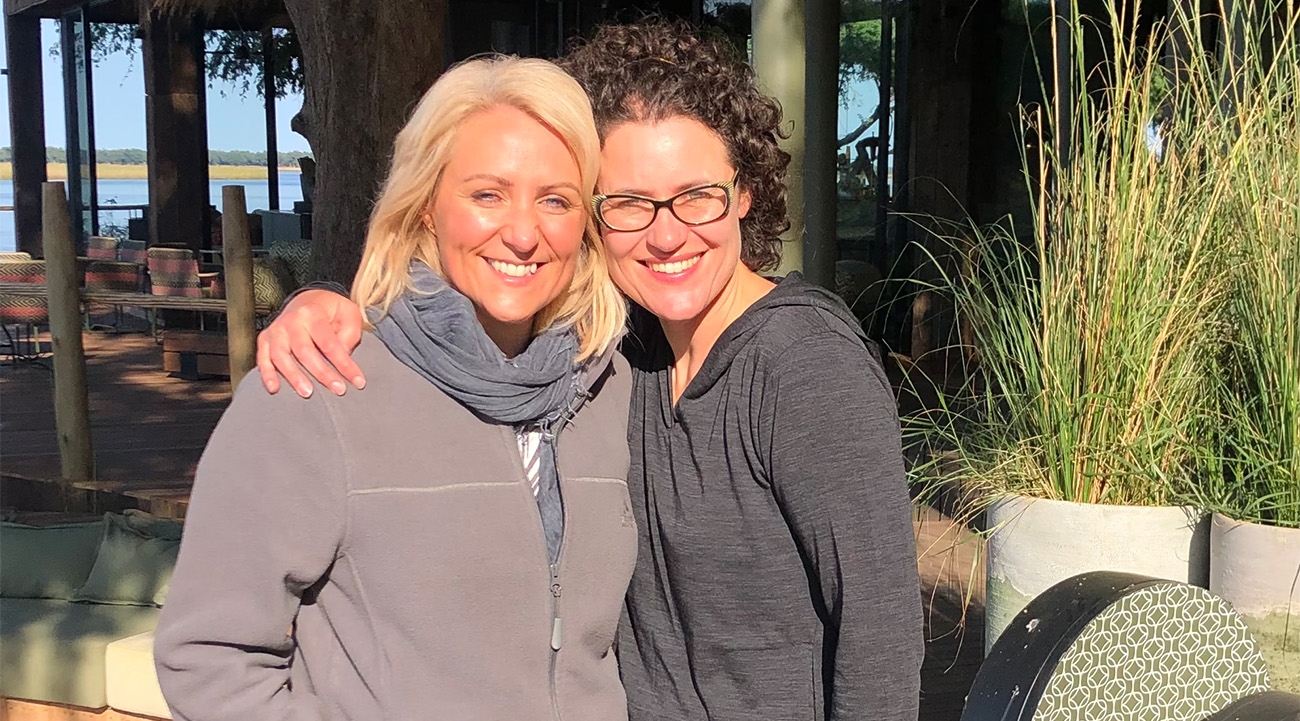
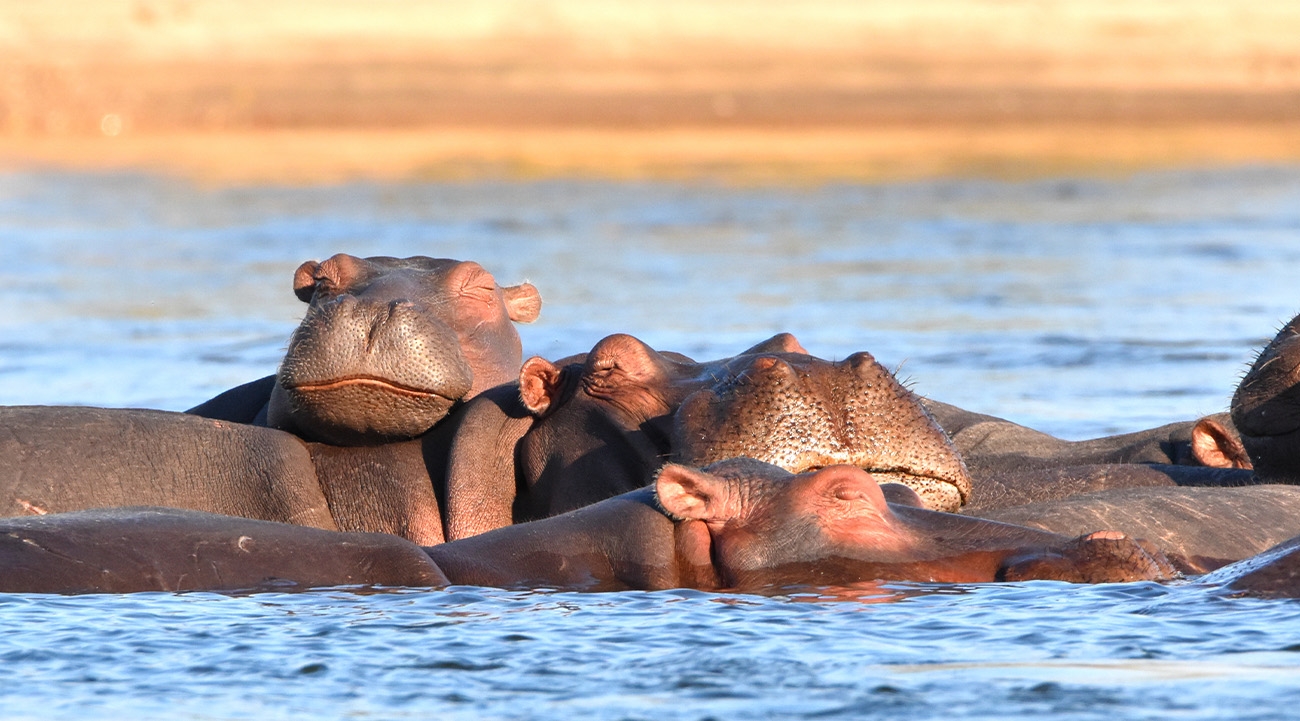
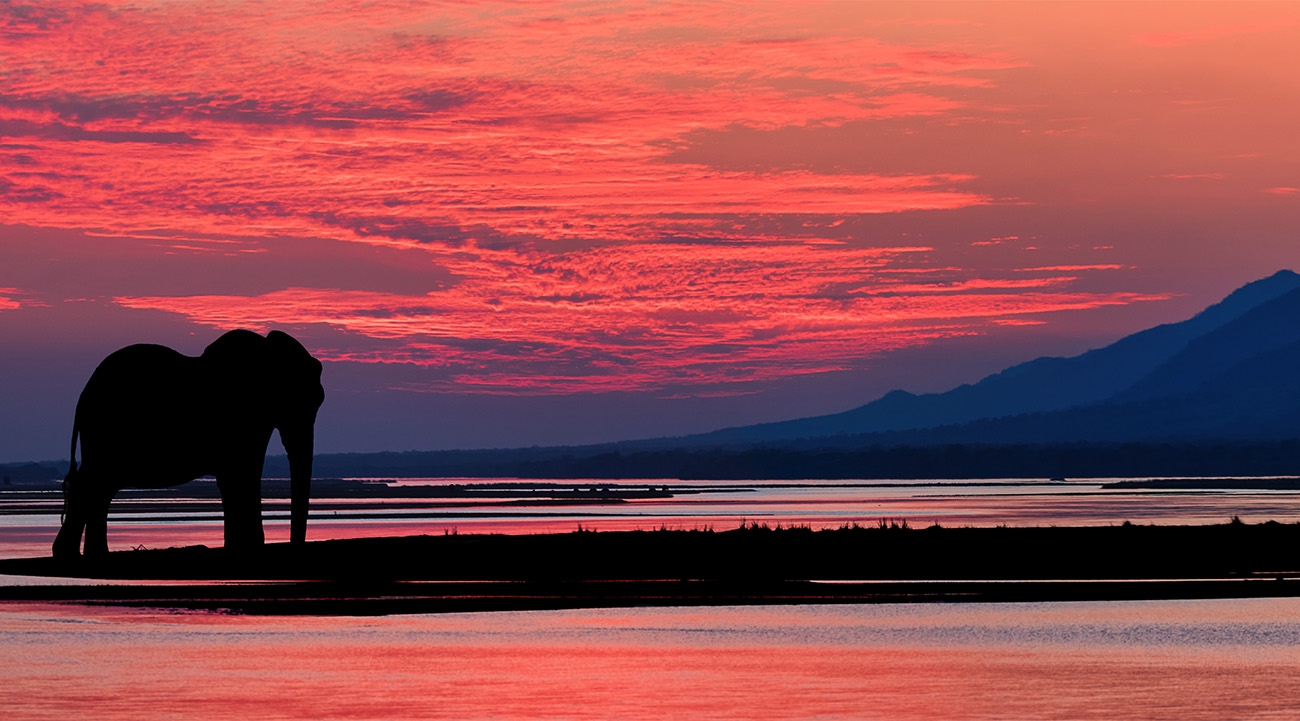
A new path
Setting the pace for a new decolonialised style of safari, it’s a refreshing look. “There’s nothing like it in the Lower Zambezi,” enthuses ABC’s founder and chief executive Beks Ndlovu, as we sit around a riverside fire watching moonlight glitter on the water. Acknowledging the number of big players already operating in the area, he believed it was important to branch off in a different direction to attract a new audience.
He describes it as an opportunity to “carve a new path, carve a new road, carve a new river”. One of the few black African-owned safari companies, ABC has a network of camps in Botswana and Beks’ homeland Zimbabwe. The former guide recalls spending the early part of his career in the Lower Zambezi. “The first part of my guiding career was connecting the river from Kariba right down to Kanyemba, which is the border of Mozambique and Zimbabwe,” he reminisces. “I fell in love with the place for the diversity of wildlife and landscapes – the escarpment, the floodplain, the different rivers and pools.
It’s always scenic. It’s like being in an oil painting.” Describing the Zambezi as one of the world’s most iconic rivers, he emphasises the importance of protecting it for future generations. He adds: “From hippos and elephants to communities living in the Zambezi basin, so much is dependent on it.” Sloping down from the Zambezi escarpment into a valley of mopane and miombo woodlands, the Lower Zambezi is only a 45-minute plane ride from Zambia’s capital city Lusaka. It’s a further 90-minute boat ride to reach Lolebezi from main gate Chongwe and the Royal airstrip (fewer aircraft service the Jeki airstrip, although it is a much closer drive.)
Only designated as a protected area in 1983, the park spans 1,544 square miles, although most wildlife is concentrated along the water. Travelling through six countries on its 1,677-mile journey from northwest Zambia into the Indian Ocean, charging through the mighty Victoria Falls along the way, the Zambezi is Africa’s fourth-longest river. But it’s this section, bordering Zimbabwe’s Unesco World Heritage Site Mana Pools, that’s become a wildlife hotspot.
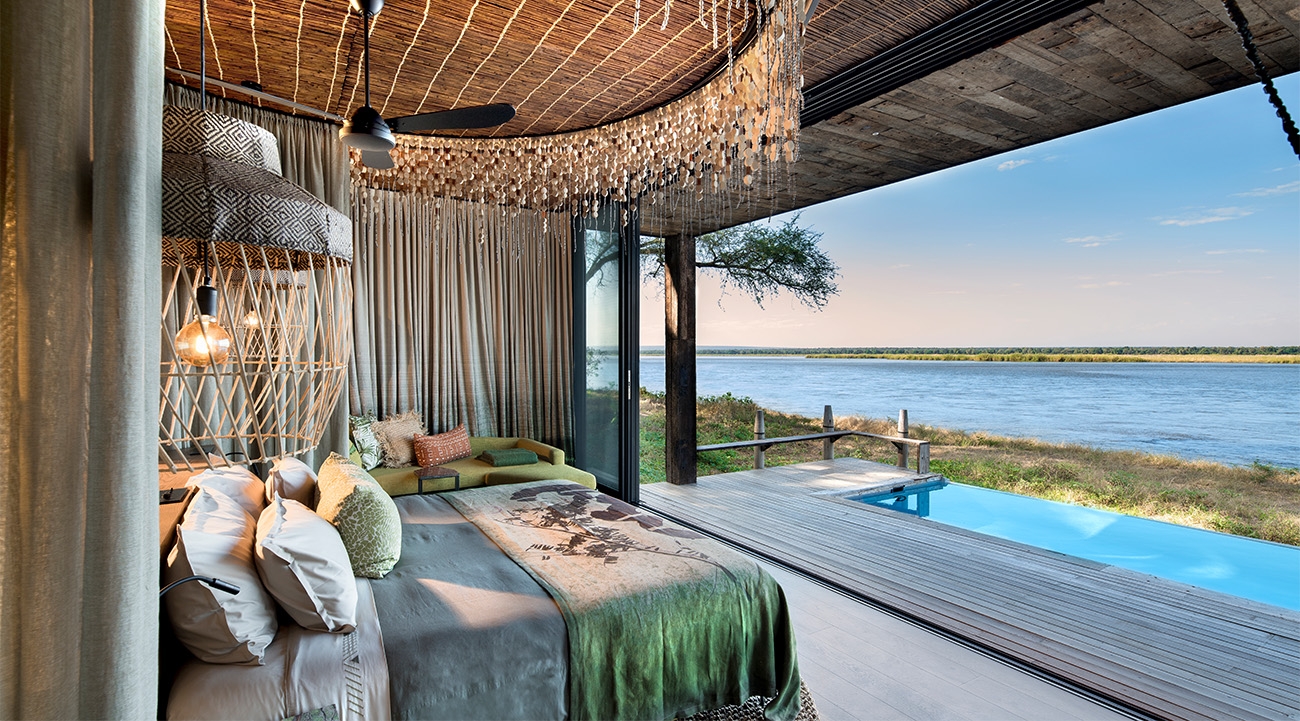


Unlike the majority of camps operating seasonally between April and November, Lolebezi is open throughout the year. When roads are too slippery to drive and trails too soggy to walk, activities focus on the water. During my stay in June, I’m fortunate enough to try everything on offer. On a walk, I learn how to identify the fever berry tree, once a favourite food for black rhinos until the species became locally extinct in the 1970s. Stepping lightly, I weave through skyscraping termite mounds to stalk a hippo emerging from the water and fall silent when fresh lion tracks are found. On the water, there are options to canoe and fish, but I opt for a gentle cruise.
Buffaloes stride above dusty riverbanks perforated with the nesting holes of carmine bee-eaters, who arrive in large numbers between August and November. At sunset, fish eagles squeal and trumpeting elephants wade into the water spraying a mist that almost appears pink thanks to the dramatic hues of the sky. Decimated by ivory poachers from the 1970s until 2016, herds within the park have since bounced back. Game drives are equally rewarding. Kudus and impalas dart through pools of early morning amber light onto the forest floor.
But our target is the park’s pack of wild dogs, filmed by National Geographic for the impressive ability to hunt buffaloes. Before seeing them, we pick up their scent – a sweet, sweaty stench countered by waves of fragrant wild lavender. But it’s the lions who steal the show. Deeper into the park, a pride is feasting on a buffalo in a dry, sandy riverbed. As a male advances on a female to mate, she does her best to shake him off and protect her cub by concealing him in the bushes. But her suitor refuses to give up. Gripping onto the back of our 4x4, we’re intrigued and alarmed by what might happen next.
Will the female capitulate Will the cub live Will everyone get a chance to dine on the bovine feast The reality might be a little too close for comfort, but that’s where the excitement of safari lies. Beyond the long grasses, in the waterways and across the valley floor, it’s an unparalleled and unbeatable adrenaline rush.

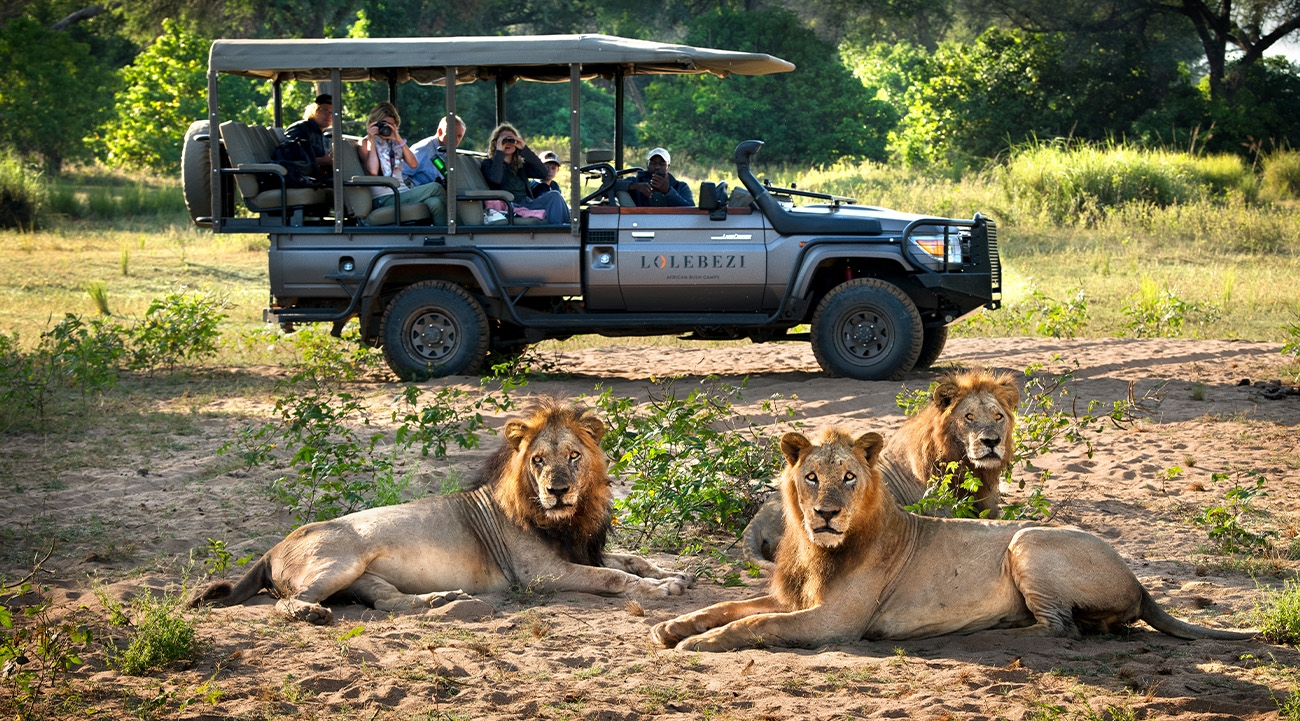
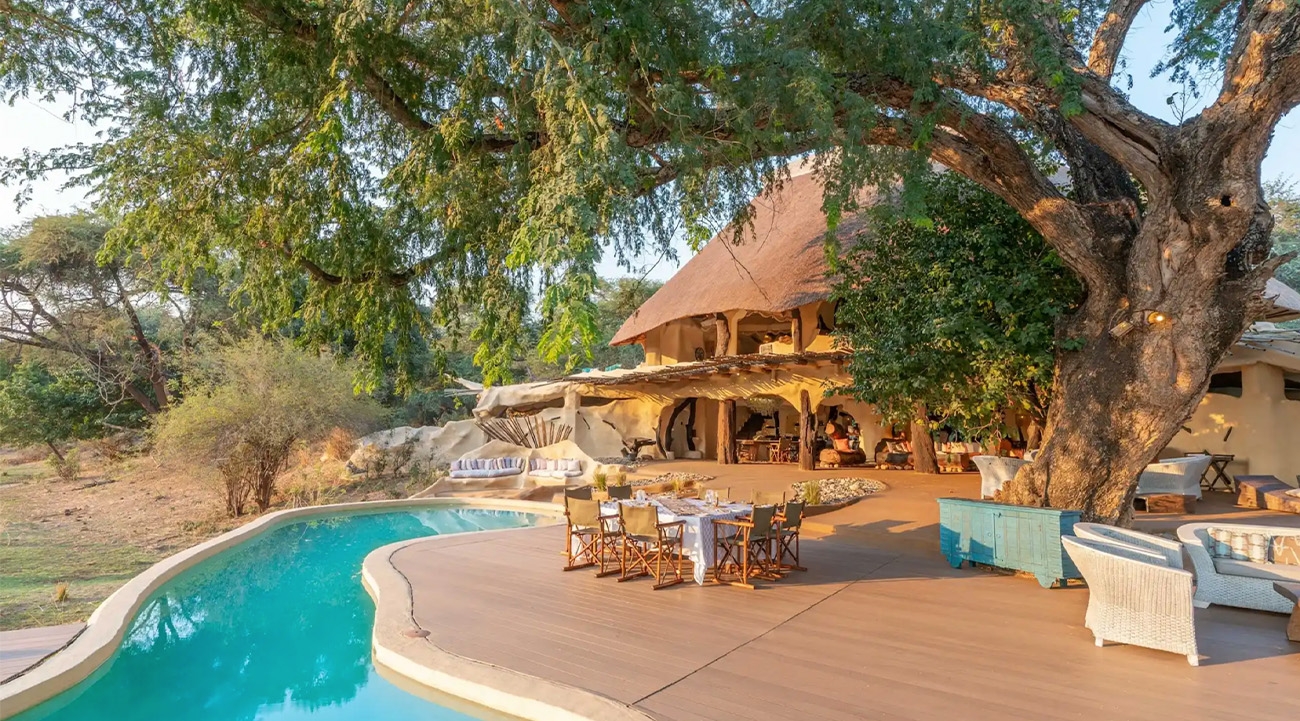
3 more camps
Time & Tide Chongwe Camp
Close to the Royal airstrip and Chongwe Park gate, this well-managed camp (pictured) is easy to reach. Part of the community-owned Game Management Area bordering the park, it features a hide overlooking a waterhole and has access to several channels ideal for canoe trips. Neighbouring Chongwe River House is available for exclusive use.
timeandtideafrica.com
Old Mondoro
Get back to the roots of a traditional safari experience at the park’s most iconic camp, run by the Cumings family who operate Chiawa Safaris. Five chalets are shaded by the forest in a remote part of the park, far from any crowds, allowing total immersion in nature.
chiawa.com/old-mondoro/camp
Sausage Tree Camp
Set on the riverbank, in a less busy section of the park, this was one of the first luxury camps in the region when it opened in 1996. Recently purchased by Green Safaris, its legacy continues. Highlights include watching elephants from plunge pools and lunches set up in shallow sections of the river.
greensafaris.com
Book it
Abercrombie & Kent offers four nights at Lolebezi for £6,995 including international flights in economy, regional flights, all meals, drinks and safari activities included at the lodge.
abercrombiekent.co.uk



